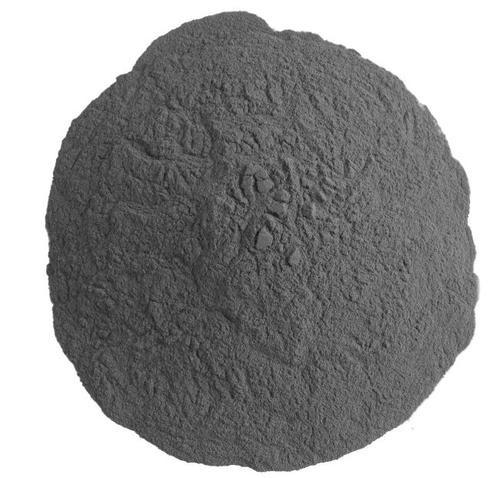Table of Contents
ToggleIntroduction
Gas atomization is a critical process used in various industries to produce fine and spherical metal or alloy powders. This article explores the fascinating world of gas atomization, its history, principles, advantages, applications, challenges, and future trends.
What is Gas Atomization?
Gas atomization is a powder production technique that involves breaking molten metal or alloy streams into droplets using a high-pressure gas stream. The result is the formation of fine, spherical particles that possess unique properties and characteristics.
History of Gas Atomization
The concept of gas atomization dates back to the 19th century when it was first used to produce lead shot for firearms. Over time, the process evolved, and in the 20th century, it found applications in various industries such as aerospace, automotive, and healthcare.

Principles of Gas Atomization
Gas Atomization Process
The gas atomization process involves several key steps, including the selection of the atomization gas, gas pressure, and temperature. These factors play a crucial role in determining the properties of the resulting powder.
Gas Atomization Equipment
Various types of atomization equipment, such as atomization nozzles and chambers, are used to control the particle size and distribution of the powder. Advanced technologies have enabled better control over the atomization process.
Gas Selection for Atomization
The choice of gas for atomization can significantly impact the final powder properties. Different gases like nitrogen, argon, or helium are used depending on the material being atomized.
Advantages of Gas Atomization
5.1 Enhanced Powder Characteristics
Gas atomization produces powders with a higher level of purity, uniform particle size, and improved flowability compared to other methods.
Improved Material Properties
The spherical shape and fine size of gas-atomized powders lead to enhanced material properties, such as higher strength, improved sinterability, and better surface finish.
Reduced Contamination
The closed nature of the gas atomization process minimizes contamination and ensures the production of clean powders for critical applications.
Applications of Gas Atomization
Metal Powder Production
Gas atomization is widely used in the production of metal powders for applications in the automotive, aerospace, and electronics industries.
Additive Manufacturing
The unique properties of gas-atomized powders make them ideal for additive manufacturing processes like 3D printing.
Spray Drying
In the food and pharmaceutical industries, gas atomization is employed for spray drying to create powdered products with improved solubility and dispersibility.

Gas Atomization vs. Water Atomization
Gas atomization offers several advantages over water atomization, including better control over particle size and reduced risk of contamination.
Challenges and Limitations
Cost and Energy Consumption
Gas atomization can be energy-intensive and expensive, making it crucial to optimize the process for cost-effectiveness.
Particle Size Distribution Control
Achieving precise particle size distribution can be challenging and requires advanced equipment and control mechanisms.
Oxidation and Reactivity
Certain metals are susceptible to oxidation during gas atomization, affecting the powder’s reactivity and properties.
Future Trends in Gas Atomization
As technology advances, gas atomization is expected to witness further improvements in efficiency, cost-effectiveness, and the ability to atomize a broader range of materials.
Conclusion
Gas atomization plays a vital role in modern powder production and additive manufacturing processes. Its ability to create fine and spherical powders with enhanced properties makes it indispensable in various industries. Despite some challenges, ongoing research and advancements are expected to drive the growth of gas atomization in the future.






